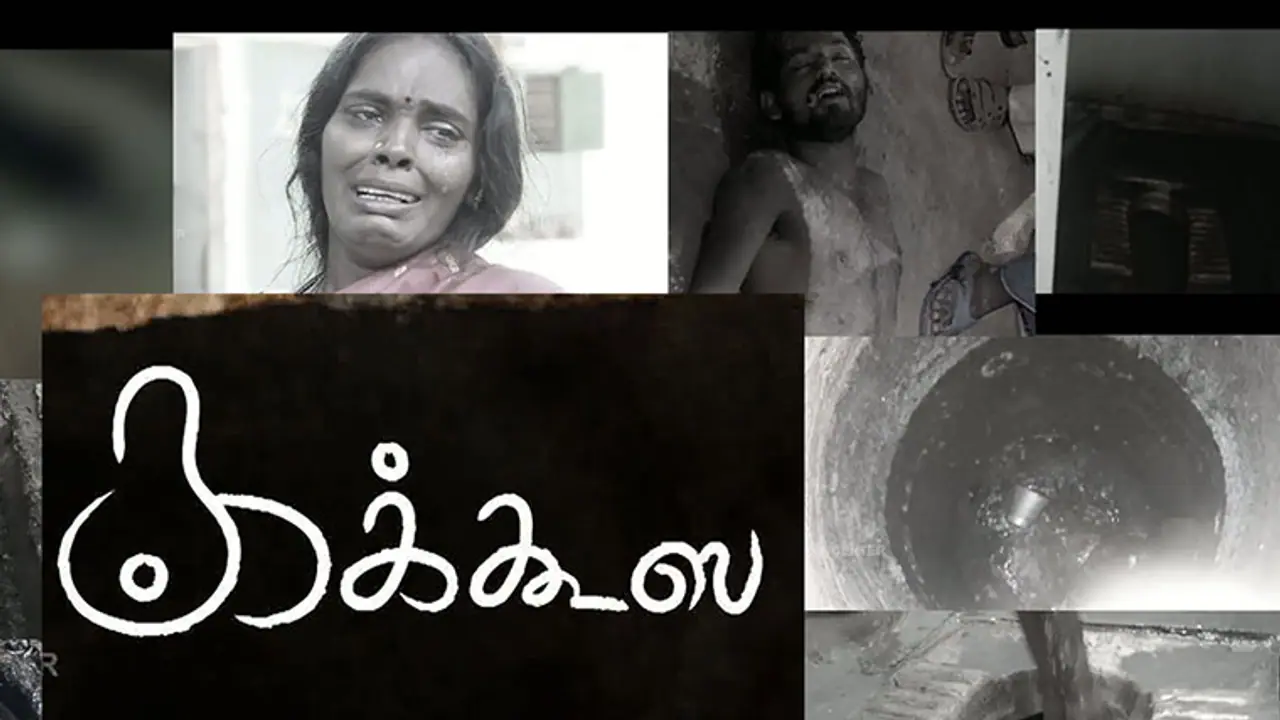A new documentary on manual scavenging in Tamil Nadu is a must watch. Created by Divya Bharati, the film forces us to face the reality of the task. The film must be seen, just so that India can stop pretending the issue does not exist.
Just for a moment, in the comfort of your home, try to imagine the emotions that might go through another human being as they collect a bucket of raw human faeces with their bare hands, carry that leaky wet bucket (sometimes on their head) and dump it somewhere far away.

The practice, which was once perhaps a necessity, continues to exist in modern India and is a stain on humanity. And while the practice is prevalent across the country, Divya Bharati, a 26-year-old activist and filmmaker decided to focus on the situation in Tamil Nadu. She began her project in 2015, after the deaths of two workers in a septic tank in Madurai.
As she has reflected in many interviews since then, the bodies of the dead workers were not kept in freezers. Instead, for three days in the hot weather, the bodies rotted in the hospital. However, after the post mortem, the wife of one of the dead workers still rushed forward and hugged the corpse, weeping.
Witnessing that scene began Divya's path towards 'Kakkoos', which translates as 'Toilet'.
It took Divya close to a year to film it all. And it was a year full of massive work. Initially, it was just her husband, Gopal, and her. Later they were joined by a camera person - Palani Kumar. She visited 25 districts in the state, spending her days roaming the streets, looking for subjects.
She had to do it on foot since people with cameras getting out of cars would spook the workers. The team had to spend their days standing in overflowing toilets, in drains and in front of latrines filled with faeces or used sanitary pads. And they could not flinch, or show any emotion at all since that would be a betrayal of the workers, who did this every day.
And the dedication to the truth, unhidden by camera tricks or distance, is apparent on the screen. Viewers might feel sick or perhaps even feel like throwing up when faced with the footage - Overflowing toilets, mounds of human faeces, men and woman lifting human excrement with their bare hands, people climbing into drains clogged with sewage and excrement, latrines stuffed with used sanitary napkins are all regular features.
But behind the 'shock' is the real point of Bharathi's film - the real people and their heartbreaking lives surrounded by filth and shunned by society.
Bharathi also weaves in ground realities like the ever-prevalent caste discrimination, which has ensured that such tasks are handed over to certain castes alone. There is also the apathy of the state government, which likes to pretend such acts do not happen and provides no security, rehabilitation or compensation for the workers.
Also, there is the of the companies who contract the workers, but do not provide proper tools for the job. And most importantly, as a large portion of the workers are women - the inherent sexism and ever present danger of sexual assault that the women face daily is strongly highlighted.
The horror is relentless and should make every human with a conscience flinch.
But perhaps that is why it is all important and we, the viewers, keep watching. Because ultimately the ones performing such work are human, just like us. And even if we like to pretend they do not exist, we should hear their tales and watch them weep over their fate.
"I am also human only," one weeping man declares in the film, pointing to a toilet he is expected to clean. It is statement we must all acknowledge.
